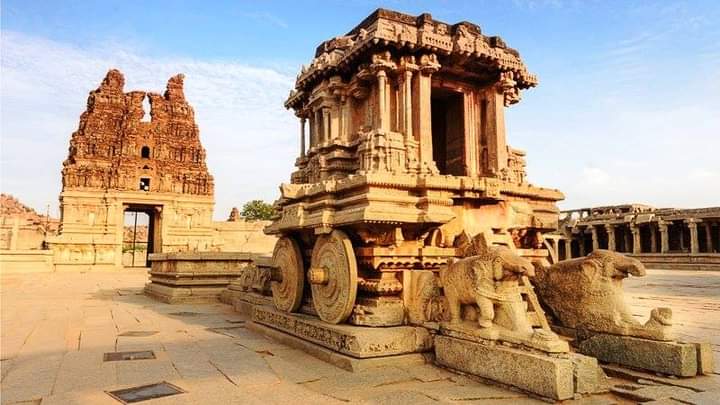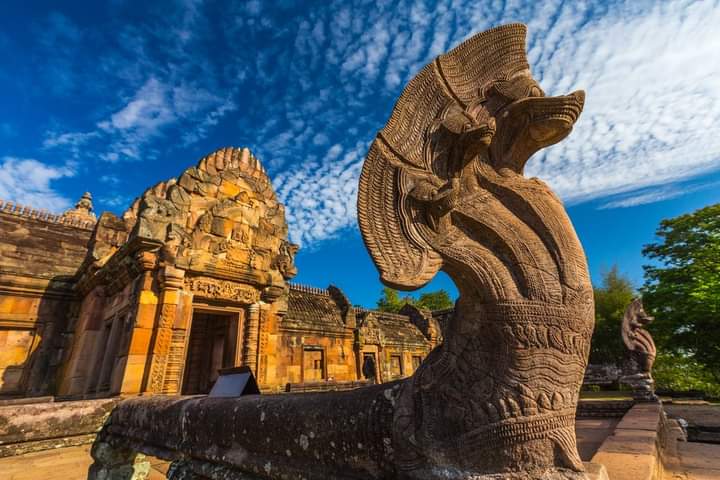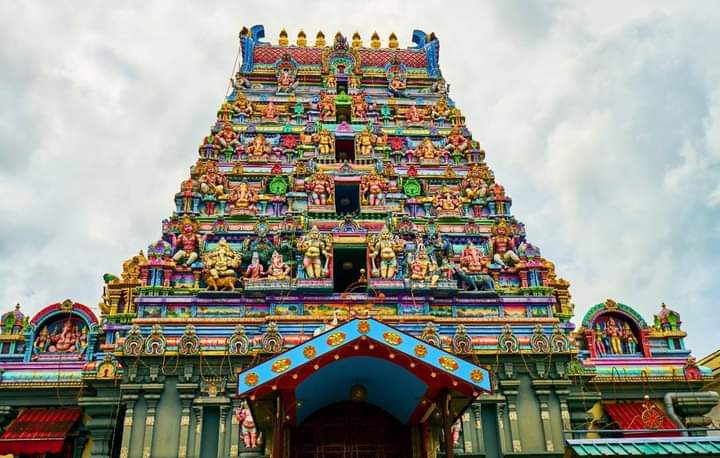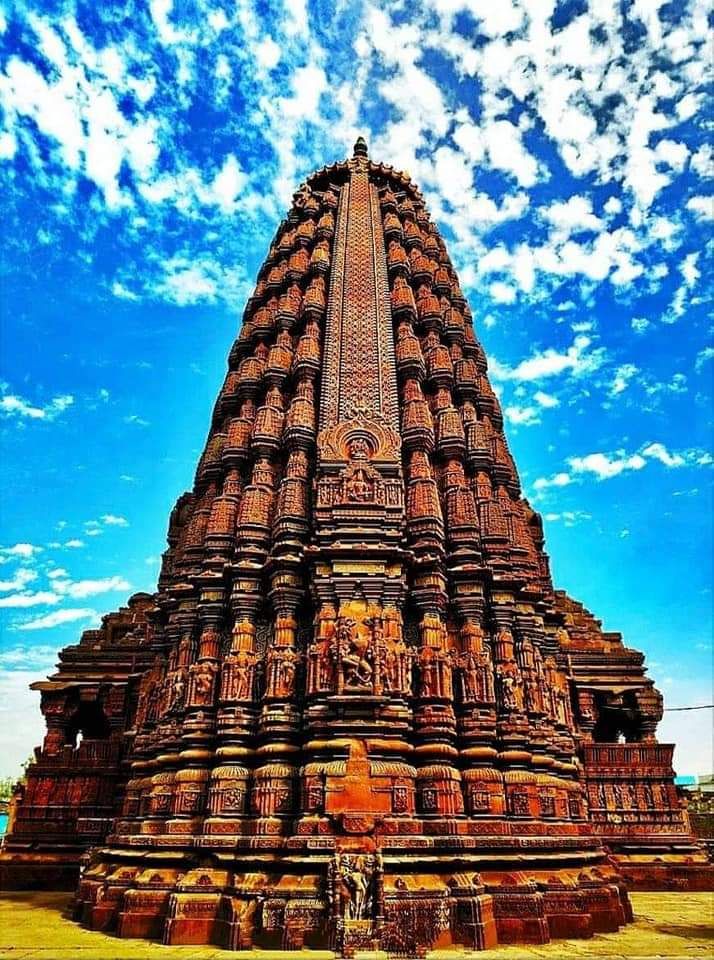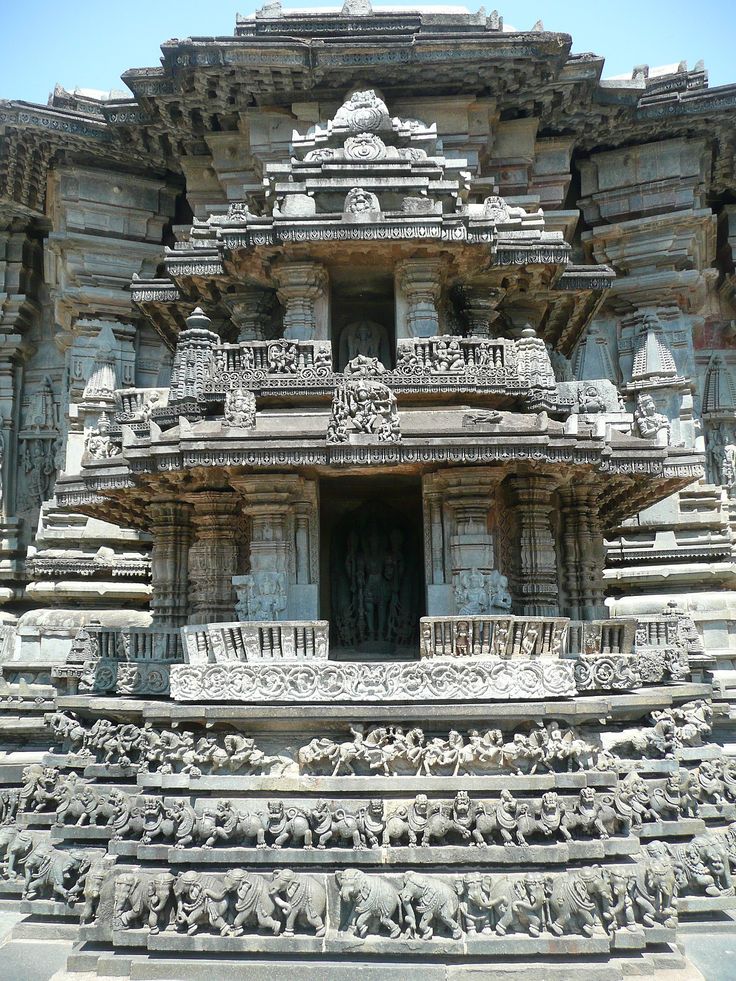1.Hydrocarbon extraction
2.Sterlite
3.Kudankulam
4.Chennai-Salem Expressway
5.Neutrino
6.GAIL pipeline
7.Kattupalli Port
8.Uppur Thermal
Each one of these projects stalled/delayed.
Tamil Nadu is on its way to becoming a Kerala or Bengal. Oh! Kerala allowed GAIL & Vizhinjam Port
More from Climate change
2/ My most recent online piece is on #Arctic #Mobilities, #climate #displacement and #Indigenous rights, originating from a great workshop @PennLaw_CERL
3/ Last month I also wrote about #climate #displacement and the case for #climate #reparations and #open #borders for those fleeing climate disasters
4/ Which originally appeared here
5/ Both of these came out of thinking about Caribbean #climate #colonialism and #climate #debt in my book Island Futures: Caribbean Survival in the Anthropocene @DukePress YOU CAN STILL GET IT for 50% off with the code E20SHELL https://t.co/i5DIaNAgsg

Below I am adding to the list including several newly documented mechanisms.
*thread*
1. Heat stress reducing crop yields https://t.co/7SNN00rNox\xa0
— Jim Baird (@JimBair62221006) February 14, 2020
2. Heat stress on farmers (sometimes fatal) https://t.co/jYKjwATe5S, https://t.co/wtcp0kT8Wk\xa0
3. Heat stress on livestock (often fatal) https://t.co/MxogLlksC2, https://t.co/RiJ0A7ezld, https://t.co/rGX2UTTUJM
Several primary impacts relate to altered soil & plant chemistry & biology:
1. Disruption of the phosphorous cycle - the second most vital element for plants after nitrogen
2. Decreased content of key nutrients in major
3. Reduced chill hours required for many plants to bloom normally in the
Other additional primary impacts include:
4. Fossil fuel pollution impacts on crops - this is not a result of climate change per se, but is included since it is due to the same root cause (fossil fuel use):
'future warming and unmitigated ozone pollution in the US, could cause a decline\xa0of 13% in wheat crops, 28% in soybean yield, and 43% in maize by 2050'
— Jim Baird (@JimBair62221006) September 19, 2020
& in India, ozone is 'killing crops that could feed 94 million'#ClimateCrisis #AirPollutionhttps://t.co/T3iTCj5C0X
You May Also Like
i wonder if you can make a thread bout witchcraft in malaysia.. or list of our own local gods/deites..
— r a y a \U0001f319 (@lcvelylilith) February 20, 2020
Before I begin, it might be worth explaining the Malay conception of the spirit world. At its deepest level, Malay religious belief is animist. All living beings and even certain objects are said to have a soul. Natural phenomena are either controlled by or personified as spirits
Although these beings had to be respected, not all of them were powerful enough to be considered gods. Offerings would be made to the spirits that had greater influence on human life. Spells and incantations would invoke their
Animist ceremonies of a religious or magical nature were normally held for the purpose of divination or making a request. This would either be done at a keramat or at a shrine similar to the Thai spirit houses or Chinese roadside shrines pic.twitter.com/I1hliyi0x3
— \u2745\u1710\u170b\u1713\u170e (@uglyluhan) June 16, 2019
Two known examples of such elemental spirits that had god-like status are Raja Angin (king of the wind) and Mambang Tali Arus (spirit of river currents). There were undoubtedly many more which have been lost to time
Contact with ancient India brought the influence of Hinduism and Buddhism to SEA. What we now call Hinduism similarly developed in India out of native animism and the more formal Vedic tradition. This can be seen in the multitude of sacred animals and location-specific Hindu gods













